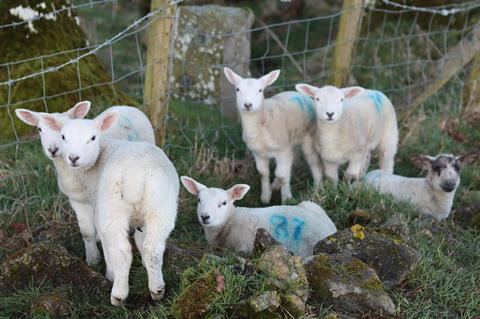
Wholesale sheep prices have hit record levels on the back of already tight supply, made worse by months of bad weather and the spread of disease.
The GB SQQ deadweight sheep price hit 860.5p/kg on 20 April, according to AHDB data – up 25.3% year on year.
Prices were elevated due to high demand, driven by both Eid and Easter falling within a few weeks of each other, said National Sheep Association CEO Phil Stocker.
The growing presence of the midge-borne Schmallenberg virus had also created “serious problems” in some parts of the country, Stocker added – leading to a big increase in mortality and tightening supply further.
Many sheep farmers had moved to lambing outside due to high feed costs – leaving their animals more vulnerable to the disease, he suggested.
Plus, volatile weather over the past 18 months – including torrential rainfall and flooding since last autumn – had wrought a significant toll on British lamb flocks, said Rachael Madeley Davies, head of sustainability at Hybu Cig Cymru/Meat Promotion Wales.
“We are hearing some really challenging stories of where people are at [with lamb stocks] and how things will pan out this year,” she added.
“The terrible weather has had an impact on the lamb crop, not only in terms of sheep survival rates, but also in terms of number of lambs born too,” she said. “Ewes are not in a great condition – they’ve had a really tough, long wet winter, worsened by the knock-on impact of [tight] forage availability.”
There were also added concerns that many farmers will have moved to capitalise on high prices by slaughtering yearlings early too, Madeley Davies said.
“This could exacerbate issues with the breeding stock next season as these will be next year’s replacement ewes. So this will absolutely all impact on prices.”
Some farmers have reported significant increases in fallen stock as a result of these challenges. One told The Grocer mortality rates were as high as 15% in some flocks, compared with a normal rate of 3%.
The situation has led to a big year-on-year increases in collections of dead animals from sheep farms by the National Fallen Stock Co.
“This has been one of the most difficult lambing seasons in memory,” said NFSCo director Charles Sercombe.
“A combination of bad weather and increased disease challenges have had a negative impact on many farms. I’ve never known so many colleagues so despondent at this time of year.”







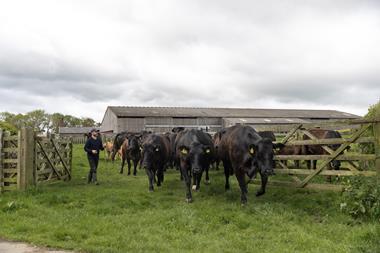
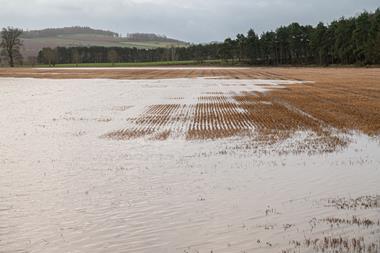
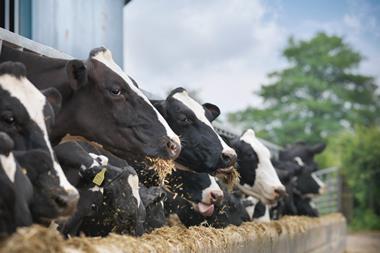

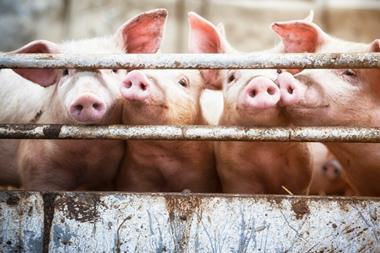






No comments yet